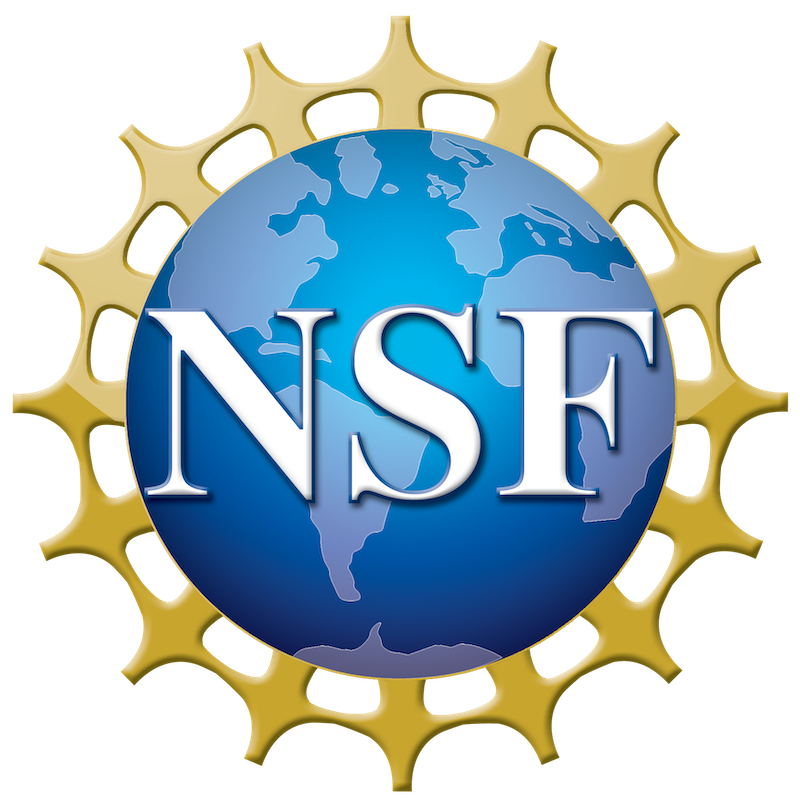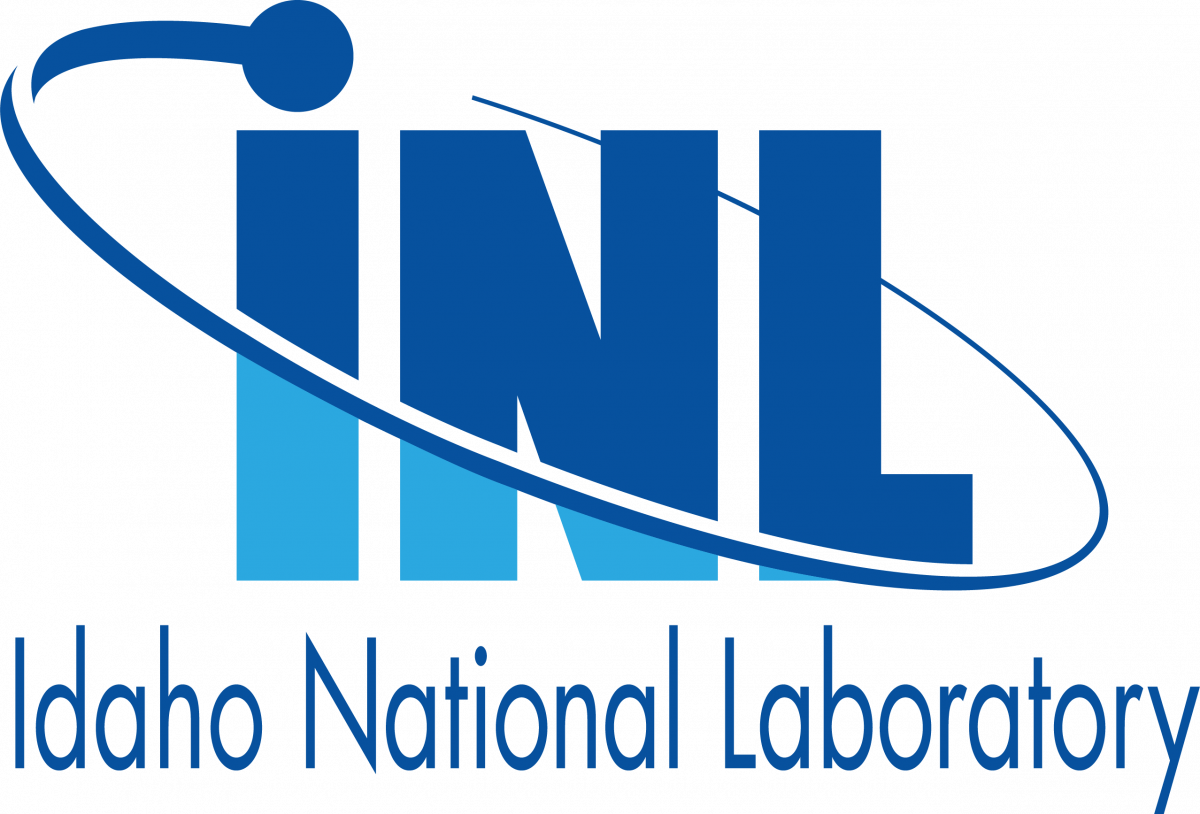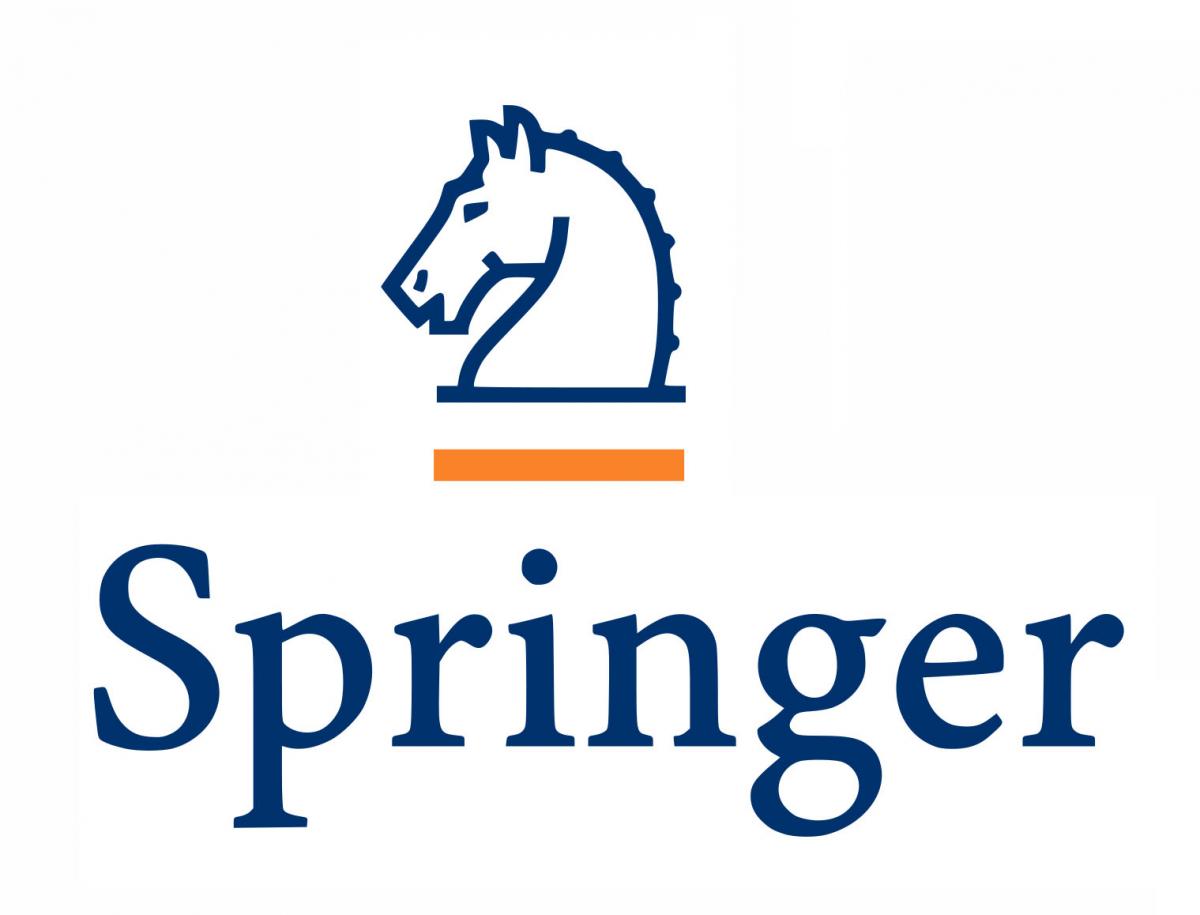Joao Tavares, Universidade do Porto
Renato Jorge, Universidade do Porto
Yongjie Jessica Zhang, Carnegie Mellon University
Extensive research has been developed aiming to developing efficient computational methods for image analysis. Usually, these methods are based on geometrical, statistic, physical or machine learning principles, and try to achieve high-level analyses from the input images. Examples of applications can be found, for instance, in medicine, industry, astronomy and engineering, and some tasks that can be referred include image segmentation, shape recognition and classification, motion tracking and analysis, 3D reconstruction and simulation.
The main goal of the proposed Minisymposium, as ensued in the preceding U.S. National Congress on Computational Mechanics (10th, 11th, 12th, 13th, 14th, 15th and 16th USNCCM), is to bring together researchers involved in the related fields, (Image Analysis, Object Modeling, Image Segmentation, Motion Tracking, Matching, 3D Reconstruction, Motion and Deformation Analysis, Shape Description and Classification, Image Registration, Machine Learning, Software Development for Image Analysis, Grid Computing in Image Analysis, etc.), in order to set the major lines of development for the near future.
The proposed Minisymposium will consist of researchers representing various fields related to Image Processing and Analysis, Medical Imaging, Geometric Modeling, Computational Mechanics, Computer Graphics, Informatics, Mathematics, Statistics, etc., and endeavors to make a contribution to achieving better solutions for more efficient computational methods in image analysis, and attempts to establish a bridge between researchers from diverse fields.
Topics of interest include (but are not restricted to) the following:
- Image Processing;
- Image Analysis;
- Image Restoration, Compression, Segmentation, Registration and Description;
- Object Tracking, Matching, Recognition and Reconstruction;
- Visual Inspection;
- 3D Vision;
- BioMedical Imaging;
- Simulation and Animation from Images;
- Numerical Methods, Partial Differential Equations, Level-sets, Meshless and Extended or Enriched Finite Element in Image Processing and Analyses;
- Multifields and Multiphysics Problems involving Image Processing and Analyses;
- Machine Learning and Deep Learning;
- Software Development for Image Processing and Analyses;
- Grid Computing in Image Processing and Analyses;
- Applications of Image Processing and Analyses.
Publication
Authors of the works presented at the proposed Minisymposium “Computational Methods in Image Analysis” will be invited to submit an extended version of their contribution to the Taylor & Francis journal “Computer Methods in Biomechanics and Biomedical Engineering: Imaging & Visualization”.











